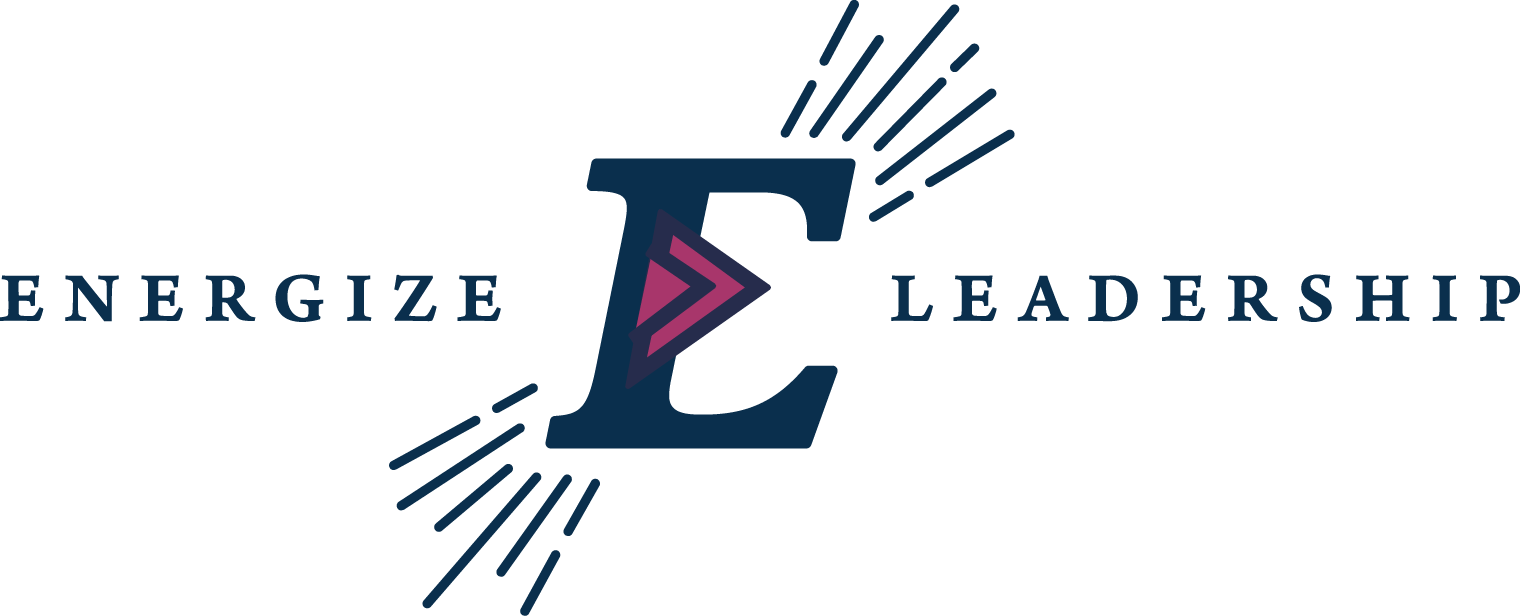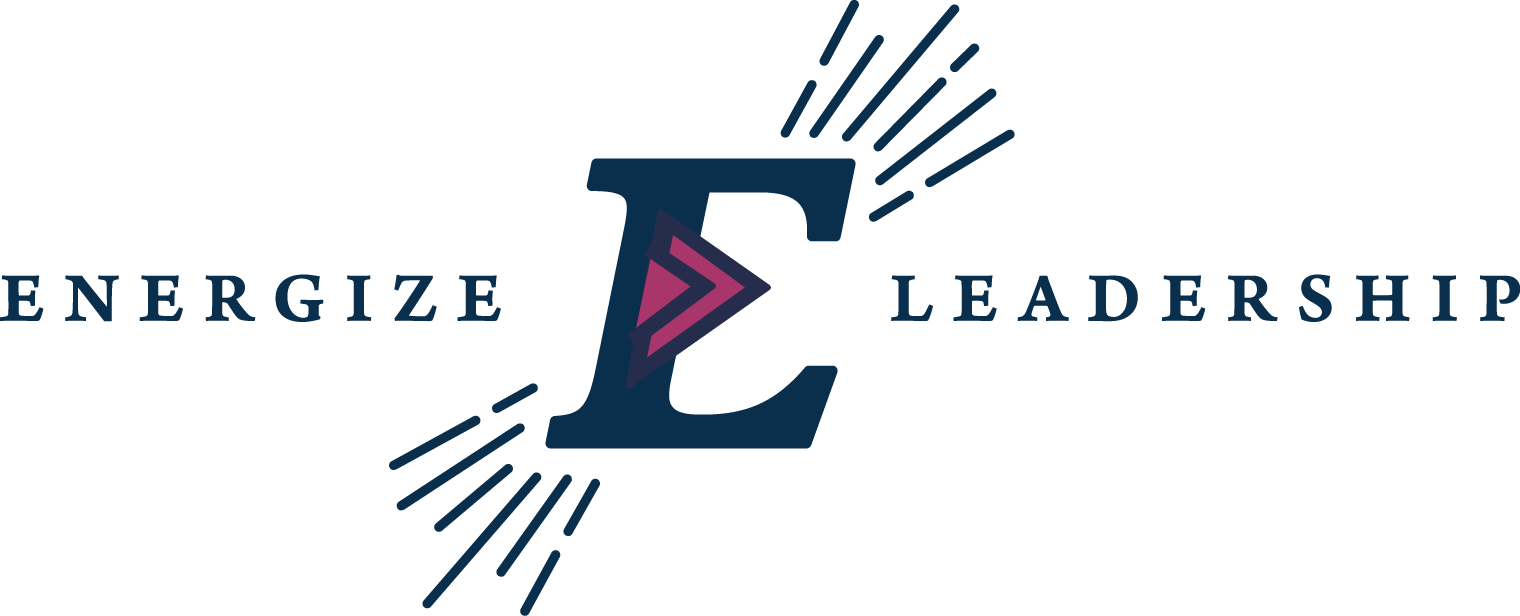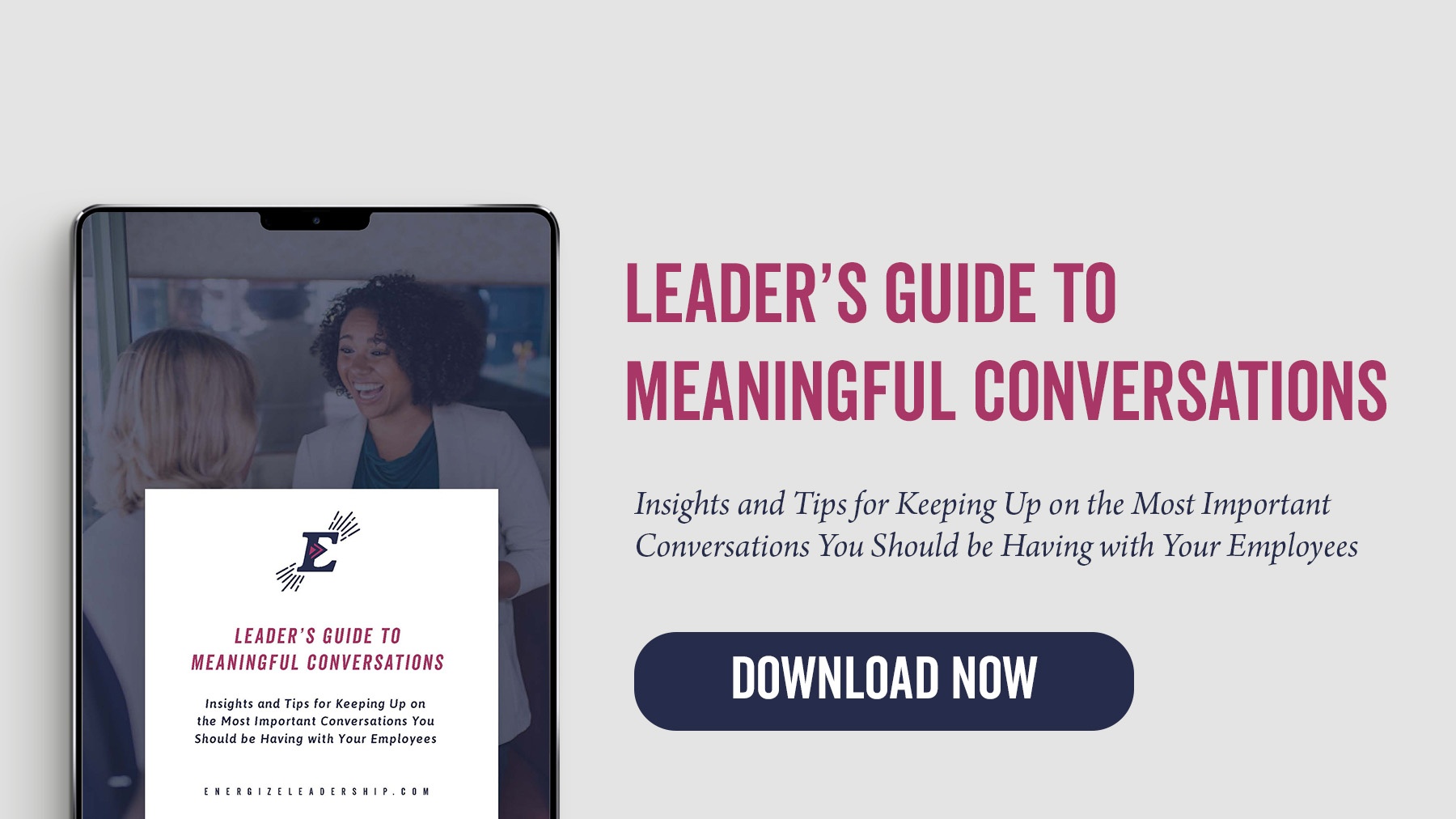Building a Legacy: How to Help Your Employees Retire with Lasting Impact
One of the many responsibilities we have as leaders is to effectively manage the organizational systems that are in place to support the retirement and exit processes of our longtime employees. And this is no trivial matter — we have seen all too often soon-to-retirees mentally checking out before they’re physically out the door, because companies fail to provide them with the resources they need to help prepare for the last leg of their careers and the next phase in their lives.
This can be detrimental to productivity and performance, as disengaged employees can negatively impact the energy around them, and create a lethargy that spreads slowly but dangerously.
Ultimately, an unsupportive climate can cause them to lose the motivation to bring their best selves to work, or even grow a sense of entitlement to just meeting minimums given the decades they’ve committed to the company — and the lack of support they’ve received in return.
But the good news is that this isn’t necessarily a situation that needs to unfold.
Employees that have spent years working for an organization are invaluable assets, and they can and should be enabled to continue to create that value up until the very moment to leave is upon them.
But it’s on US as leaders to ensure that there are systems in place to make this happen –– to be their guides and their advocates, and to support their needs as they make their final transition out of the workforce.
So what does that look like?
Getting Started
For starters, you absolutely have to prioritize and facilitate fluid dialogue. You need to understand that their needs and interests are likely to have evolved over the years, and that the type of support they now require may look far different from that of employees at earlier stages in their careers. Then, collaborate on constructing a plan – a sort of roadmap to their exit – if you will, and make sure you remember to involve your team in this process.
Next Steps
Need more detail?
Here are some pointers on what to cover in your conversations and how to execute the planning stages… We think you’ll be in pretty good shape if you go through each step thoughtfully, and with intention:
- Focus first on obtaining their perspective. Some employees may have a pretty clear picture of the legacies they wish to leave behind and the impact they desire to make before they retire. But for others, this may not be something that has necessarily been top of mind.
As a leader, its your job to initiate this line of thinking, pose some thought provoking questions, and get their wheels turning. Ask them what they’d like to accomplish before they retire. What would they like to be remembered for? Who do they think would be a good fit for adopting any incomplete projects? Maybe they had ideas for a new program or unfinished tasks they felt no one else would care to take on? Show that you’re interested, and engage with them to explore these avenues to the fullest. - Invite others to participate in the conversation. Encourage your team to take an active role in co-managing their longtime colleague’s departure. After all, it will be up to them to build on any ideas that weren’t fully explored or take on projects that were not completely fulfilled. Not to mention that there is also a wealth of knowledge to be harnessed from such a seasoned veteran of the organization, including any pointers or tricks of the trade that may never have necessarily been documented electronically or on paper. It would be a huge loss to the team and to the company if such intangible assets were not successfully passed on.
- Create a plan. Map out some goals for your soon-to-be-retired employees to hit on their way out, at least a year or two leading up to their retirement. Follow up with them to discuss what progress has been made on their legacy initiatives. Allow your team to take some time away from their day-to-day routines to accommodate a little mentor-mentee collaboration.
- Ask questions. Is your team engaging in the process? How else can they use your support? How else can you help them to make valuable contributions? Remember to schedule touchpoints with your team to make sure there is follow up and follow through, on the milestones that were set..
Steering this effort will take effort. It’ll require you to be proactive, thoughtful, and organized. But the returns you’ll reap will be well worth it. Your team will feel appreciated, and those soon to retire will see how invested you are in your commitment to creating a structure and culture that helps them end their careers on a high note.
Knowing that they have the resources they need to build a lasting legacy will energize them to truly want to create value up until the very end, and they will continue to show up everyday feeling a deep sense of purpose.
Check out the handy Leader’s Guide to Meaningful Conversations: Insights and Tips for Keeping Up on the Most Important Conversations You Should be Having with Your Employee we created to help you make the most of the conversations you have with each of your employees:





